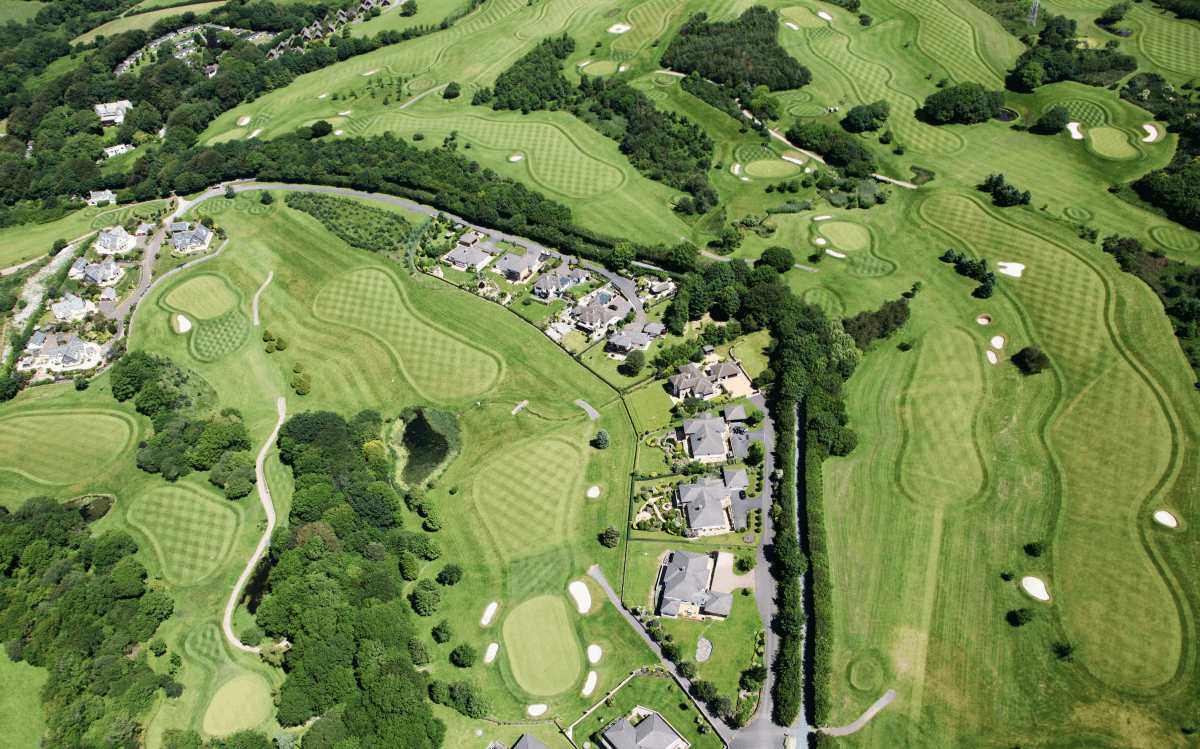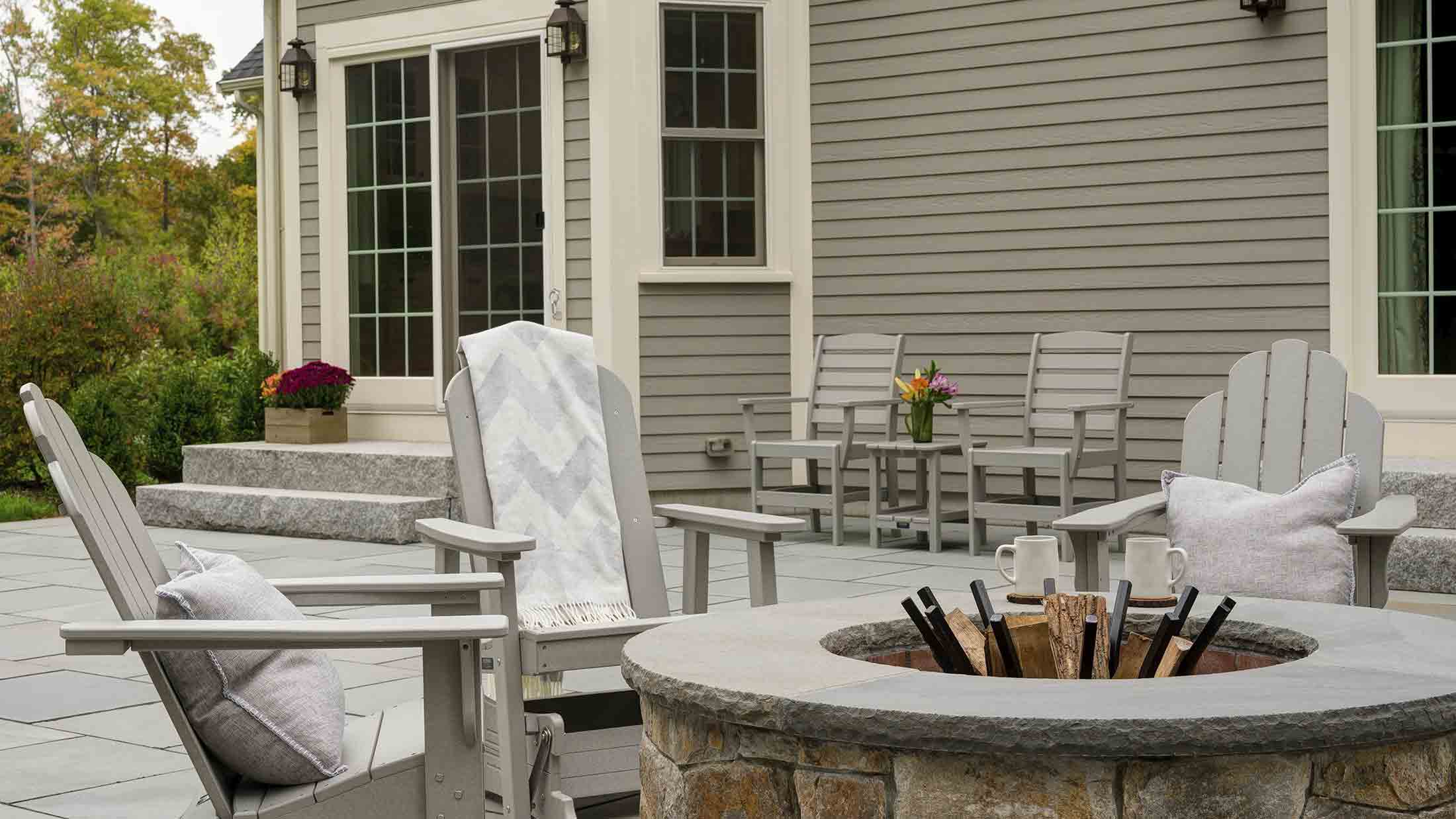Landscapers Things To Know Before You Get This
Landscapers Things To Know Before You Get This
Blog Article
Some Known Facts About Landscapers.
Table of ContentsSee This Report on LandscapersNot known Facts About LandscapersLandscapers Can Be Fun For Everyone4 Easy Facts About Landscapers ExplainedThe 20-Second Trick For Landscapers
- A tree or bush (shrub) that loses its leaves in winter season. In the PNW there are semi-deciduous or semi-evergreen plants that may shed their fallen leaves depending upon just how chilly the winter months is. Abelia and some hebe are examples. Landscapers. - A level gathering area, constructed from timber or composite material (made to appear like timber), typically nearby or affixed to a framework.

- Granite that is weathered to the point that it is a really fine aggregate. This is an all-natural process, and the result can be used for courses and outdoor patios. Disintegrated granite is frequently described as DG. It is specifically useful in modern-day landscapes. - Key landscape functions being recommended in a landscape design plan.
All About Landscapers
These goals lead the style process, not the designer's design or choices. Common design purposes in Portland are reduced maintenance, dry spell tolerant, and pet pleasant. - Refine for getting rid of or thinning the dead lower level of a fully grown lawn. Thatch is turf that has passed away and gathered listed below the eco-friendly blades.
Nevertheless, gradually this layer can obtain extremely thick and make it tough for water, sun, and nutrients to obtain to sections of the lawn.- The process of gathering and regulating the flow of water on a residential property. This can be made with grading, French drains, completely dry wells, permeable surface areas, sump pump, rainfall yards, and more.
Properties at the end of hills, with natural springs, or filled with hefty clay have one of the most drainage problems.- A sluggish feeding irrigation system that uses versatile tubes and emitters to send a specific quantity of water per plant. This is one of the most reliable method of watering plants. - The capacity of a plant to endure without much summertime water.
- A yard function where water is represented by an accumulated rock item, generally a crushed rock or granite. These are most commonly discovered in modern and Japanese garden design.- A stone or flagstone patio area, path, or pathway developed without a concrete base. The base would certainly be compressed gravel and the joints would be an accumulation or walkable ground cover.
Some Ideas on Landscapers You Need To Know
- A stone retaining or complimentary standing wall constructed without the use of mortar. - An underground structure that accumulate water and enables it to slow percolate into the dirt around it.
Landscape layout that is compatible with a sites' environment in both look and sustainability without adverse effects to the environment. Bordering in the landscape is a line of demarcation that produces visual rate of interest in the yard by dividing one section from another section.
Locations can likewise sense of "unit" provided by trees, other plantings, fencings, or displays. The landscape near the entrance to a building. A tree, hedge or vine, educated to expand on a wall surface or fencing into a specific pattern. Especially valuable for fruit trees, making it easy to harvest the fruit and containing mess.
A plant that is not indigenous to the area where it will certainly be grown. Not all "exotics" are invasive or damaging, and several can be well acted or drought forgiving (Landscapers). A mass planting of ferns. Thicker bladed turf lawn that spread out via rhizomes.: The level of dirt on your residential or commercial property prior to bark dust or garden compost is spread.
Landscapers - The Facts

The purpose, factor, or activity that an area is be landscaped for. Room for growing plants for viewing, consuming, or physical activity.
Reduced plants that are permitted or urged to spread over a location. Can refer to any kind of "tough" yard aspects including statuary or boulders yet a lot of frequently is used to refer to courses, patio areas, and walls.: Elevation difference between the degree of water in a pond (or the level of the pump if it rests outside the fish pond) and the top outlet of water which impacts efficiency of the water pump in gph (gallons per hour).

The 6-Minute Rule for Landscapers
An even more kicked back garden controlled by rounded these details rather than straight her latest blog bed lines and a less rigid framework. Conventional PNW landscapes are casual. A plant that spreads out greater than preferred, or right into habitats where it does damages. Portland has a listing of intrusive plants that ought to not be mounted in landscapes because they can infect forests or rivers and be hard to manage.
Smart irrigation controller testimonials and suggestions right here. 2-D rendering of the recommended watering system. Can consist of head positionings and protection, pipeline sizing, GPM specifications, and products required to install this system. An irrigation strategy is generally unnecessary for properties but prevails for industrial tasks. Accredited professional that develops landscapes, educated in design and design as well as in gardening.
The professional who prepares and establishes landscape projects, usually at a property or little commercial degree with the significant layout impetus on plantings. Landscape designers commonly have much less education than Continued Landscape Architects and are not certified. A finished landscape layout, detailing all aspects for the new landscape. This generally takes the type of an illustration theoretically.
Calcium material used to increase the pH in soil, which will certainly make it much less congenial to moss. A water limited HDPE product used below ponds, streams and waterfalls in water features. Utilizing several plantings of the exact same range to fill in a location in the landscape. This can reduce upkeep and water use in the garden.
Report this page